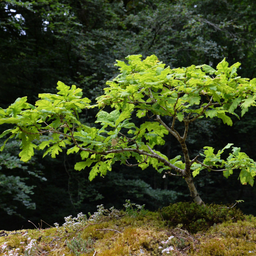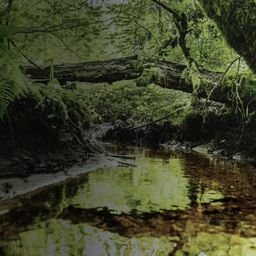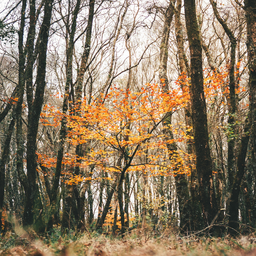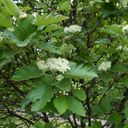
Whitebeam: Meaning and use
The Whitebeam is a small tree appreciated by birds and bees. It is a hardy species that tolerates drought, sunshine and poor soil.
Whitebeam
Sorbus aria is found throughout eastern France. In Europe, Whitebeam is found mainly in the Mediterranean basin, but also in parts of England and Ireland. Its name comes from its fruit: small red berries that are edible, though tart and mealy. The Latin word sorbus comes from the Indo-European word for 'red-fruited tree', while aria is the Greek name for an oak tree.
Why EcoTree plants Whitebeam
Whitebeam very good accompanying and diversification species for forests as many of its traits encourage biodiversity and increase the resilience of a forest's ecosystem.
A resistant, heliophilous, and nomadic pioneer species, it can grow in poor soil with high sun exposure which it helps to fertilise and enrich. Sorbus aria grows well in stony and siliceous soils and can handle uneven water supply.
Its red-orange fruit, the whitebeam berry, is a false stone fruit that's very popular with birds.
In the spring, its small white flowers produce nectar that feeds bees and pollinating insects. Its wood also has valuable traits.
Whitebeam - Overview
Whitebeam - Overview
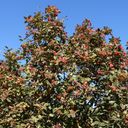
Whitebeam - Species requirements
Whitebeam is a light-loving species, preferring sunshine and needing few water reserves. It grows either in mull and eumull soils, ones rich in bases with a basic to neutral pH (i.e. on decarbonation clays, clays or carbonate formations)
Or in a soil poor in bases, with an acid pH. For example, stony or siliceous silts.
Whitebeam wood
Whitebeam wood is very hard and dense, fine- and evenly-grained, and matte pinkish-white in colour, which turns red with brown veins with old age. The sapwood cannot be distinguished from the heartwood.
It's used in the same way as other rowan trees, though it is less well known perhaps because its stems are smaller. The wood is used to make tools. In the past, it was used to make friction-resistant machine parts. It is very popular for axe handles. It is also a good fuel that yields as much charcoal as Beech. In Haute-Normandie, the Whitebeam is a protected species.
Symbolism of Whitebeam
A nourishing and powerful tree, it symbolises tenacity, endurance, and perseverance.
Our selection of trees
Our goal is to enable anyone to do something that benefits nature and helps us to live in a more harmonious world. So why not become a tree owner in a European forest and help combat climate change?
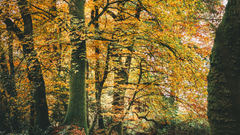

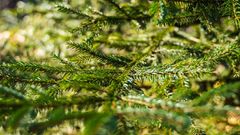



Please note that this is promotional communication. See our notice of information.




